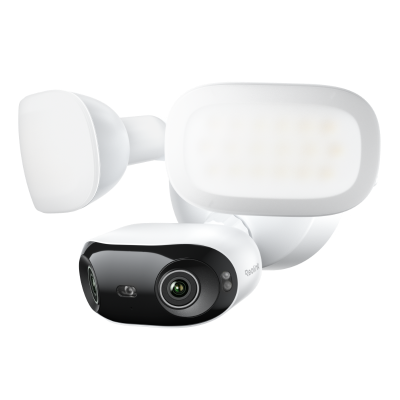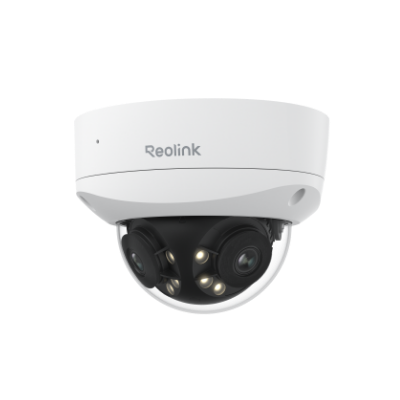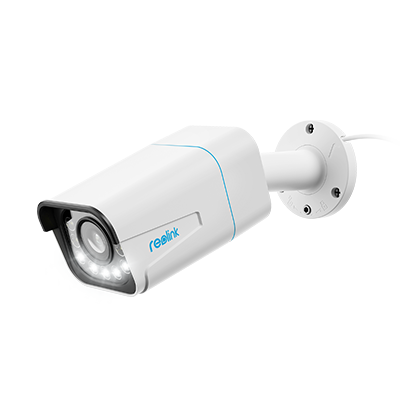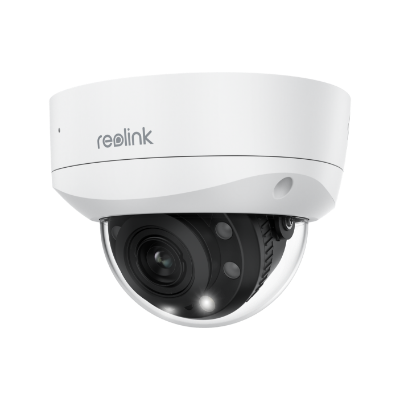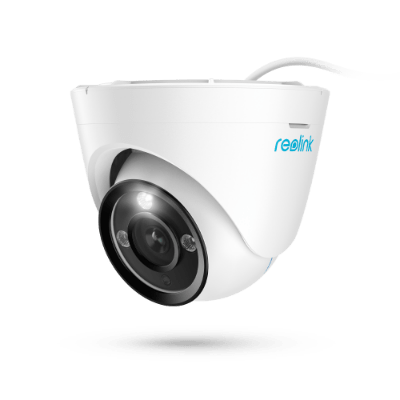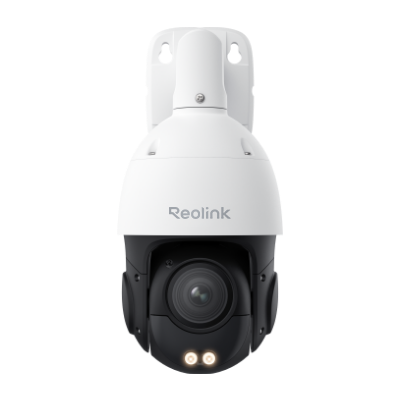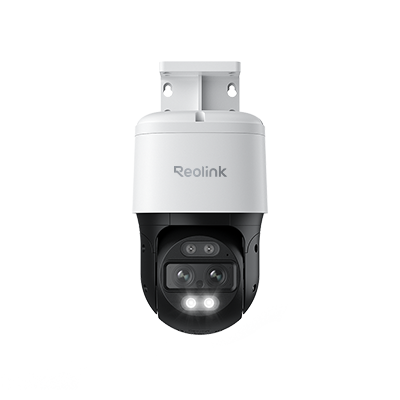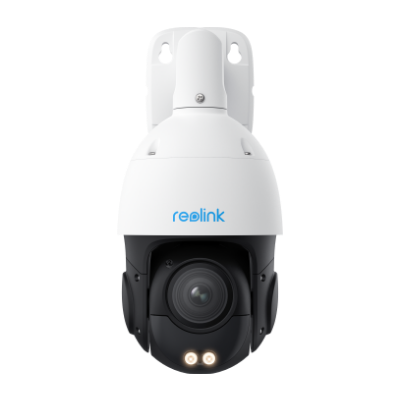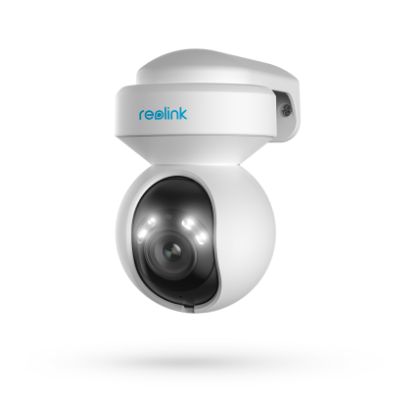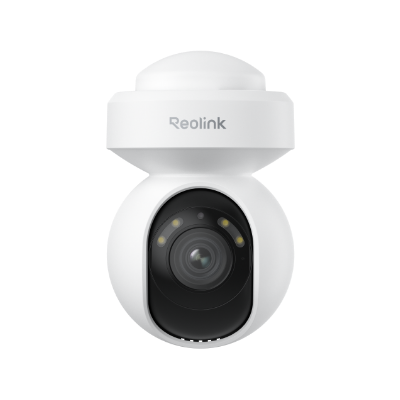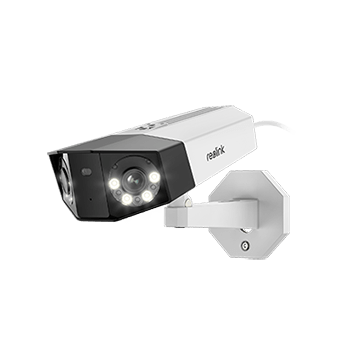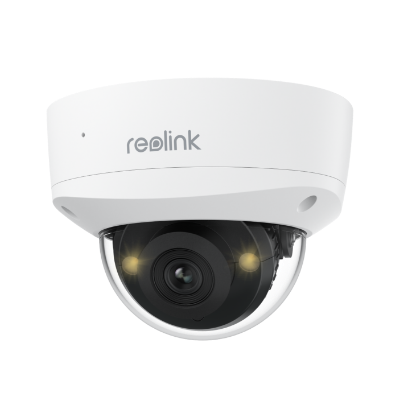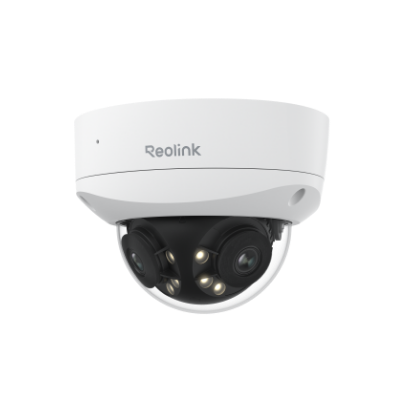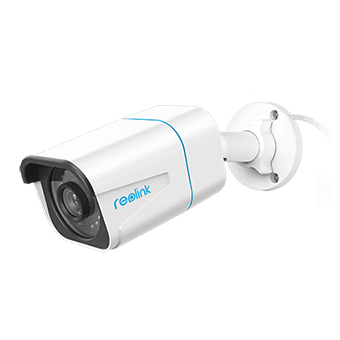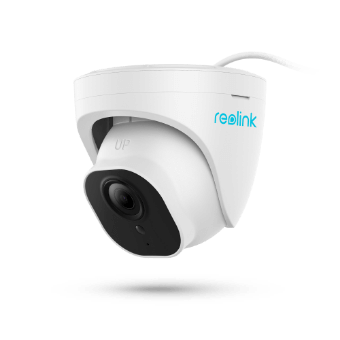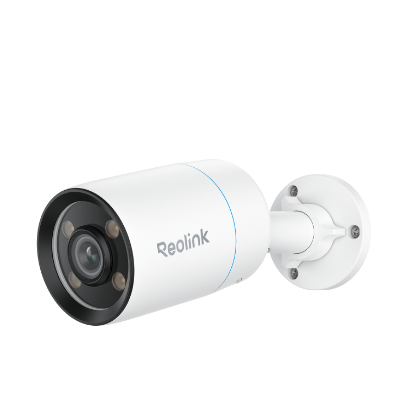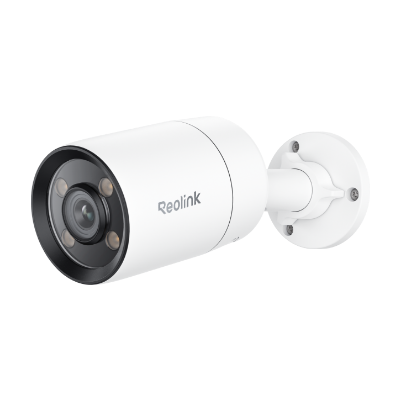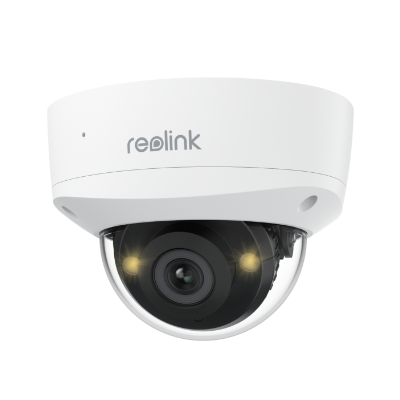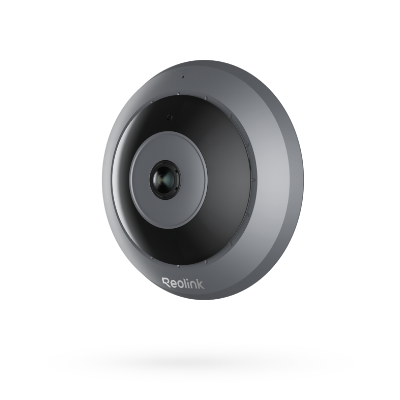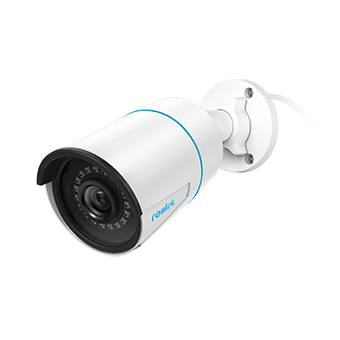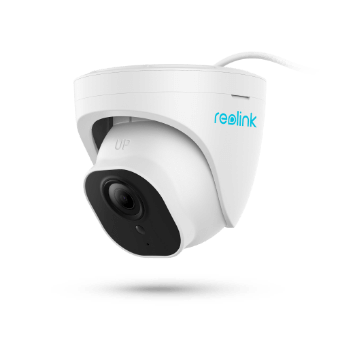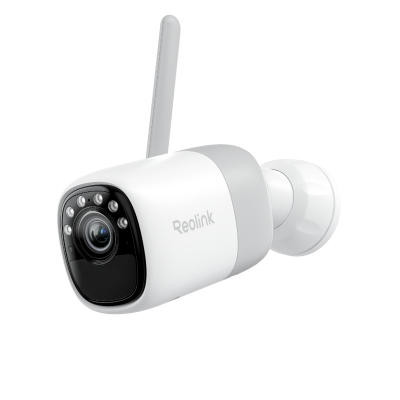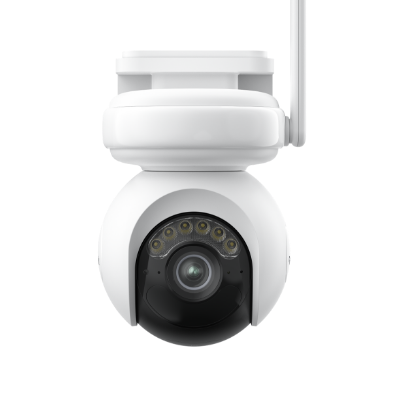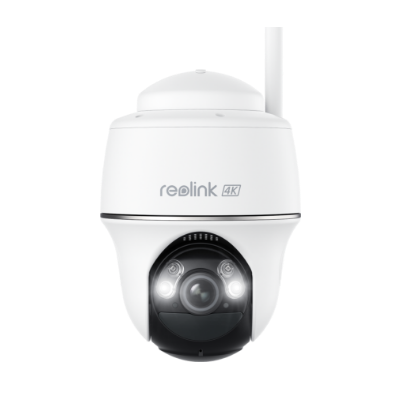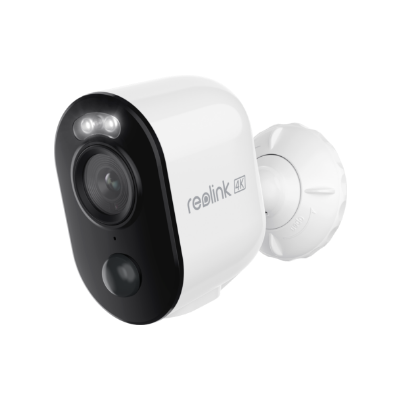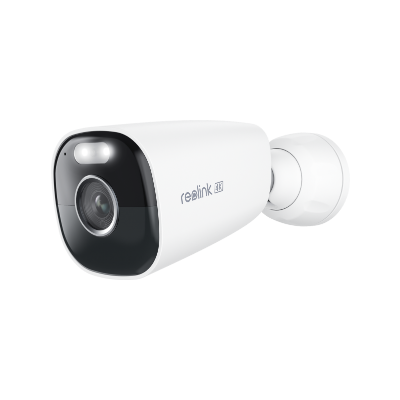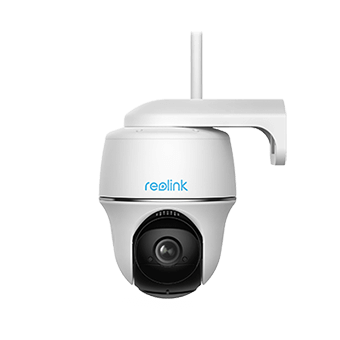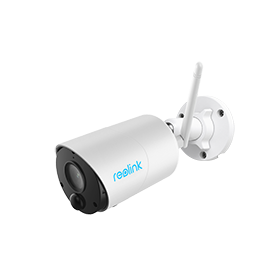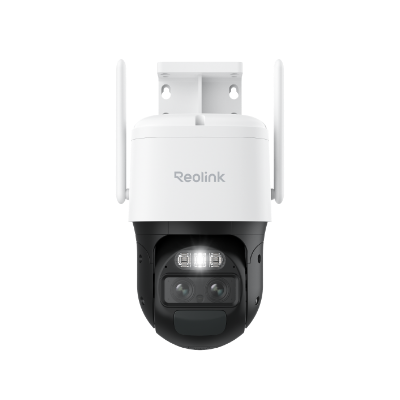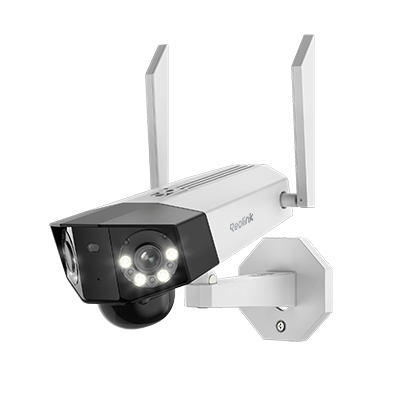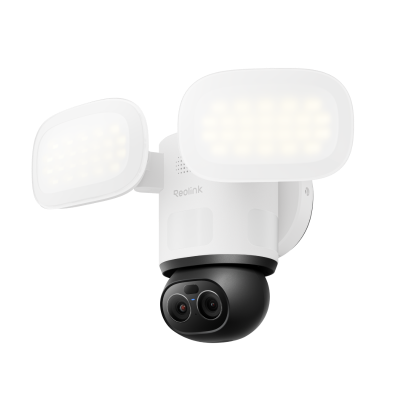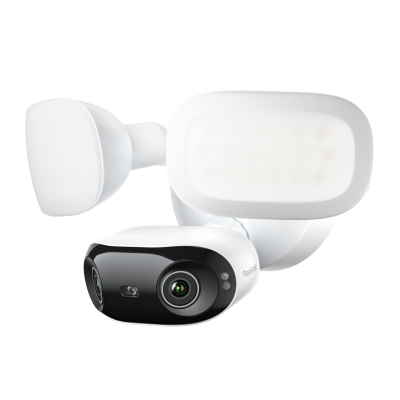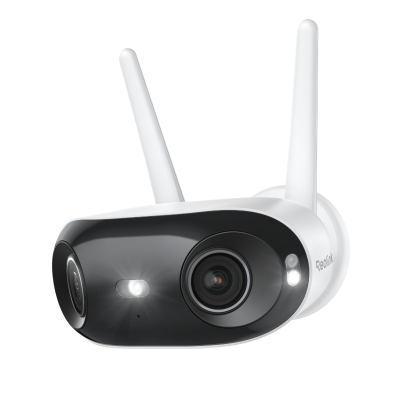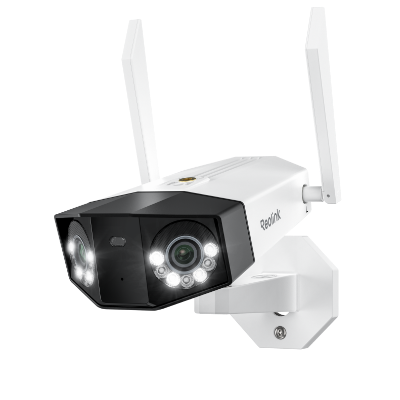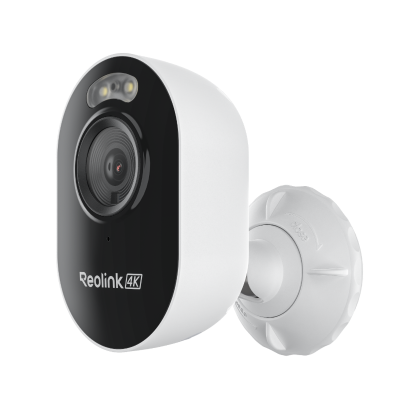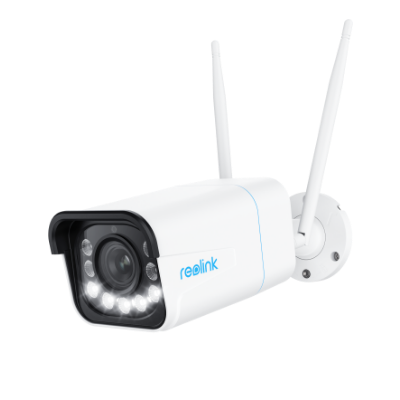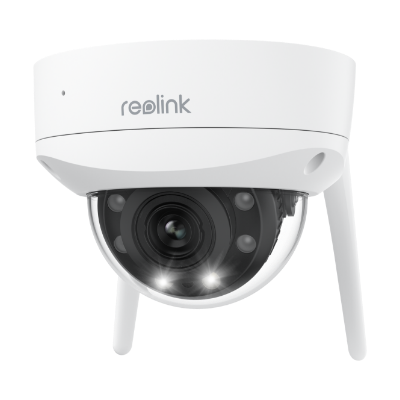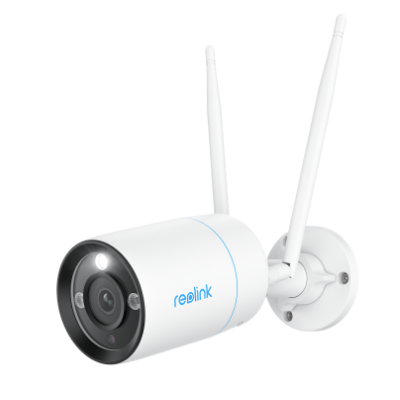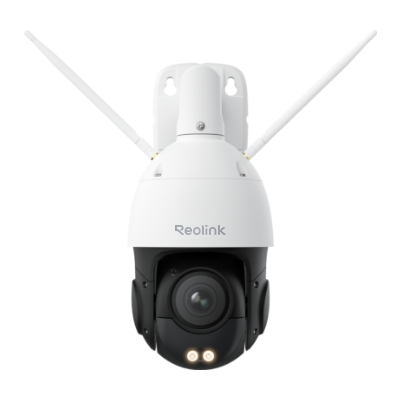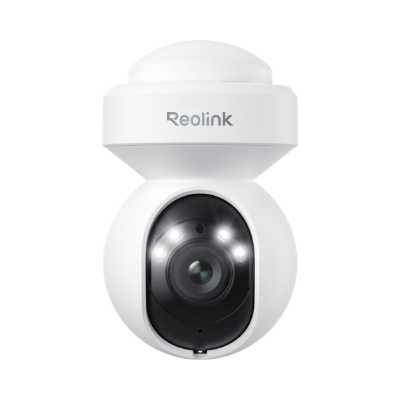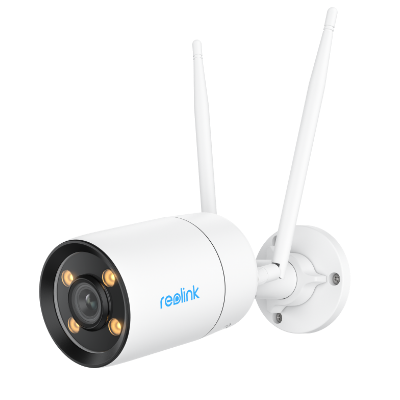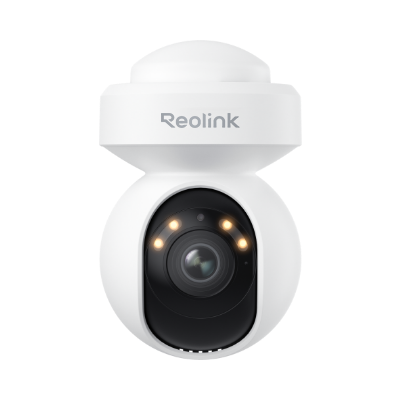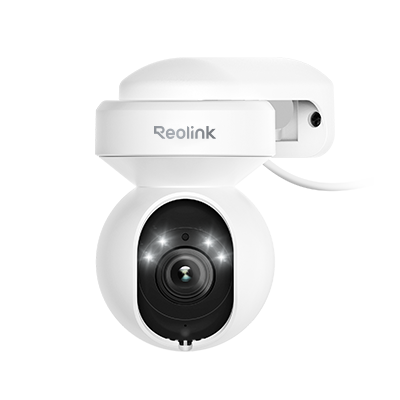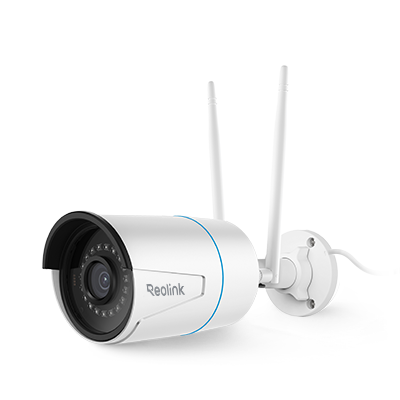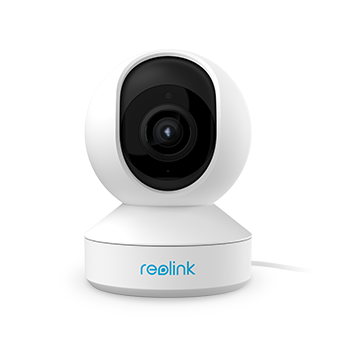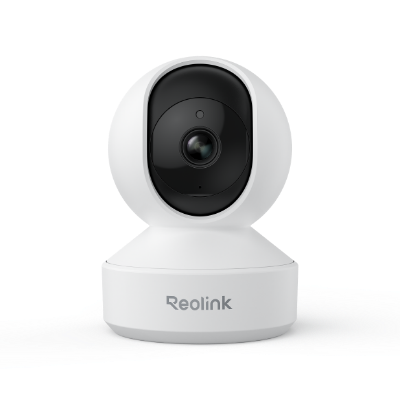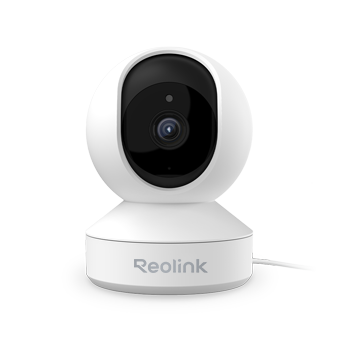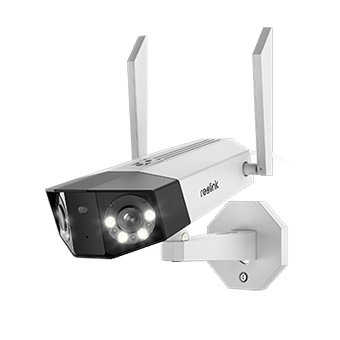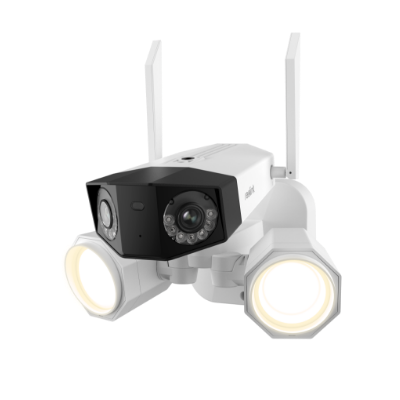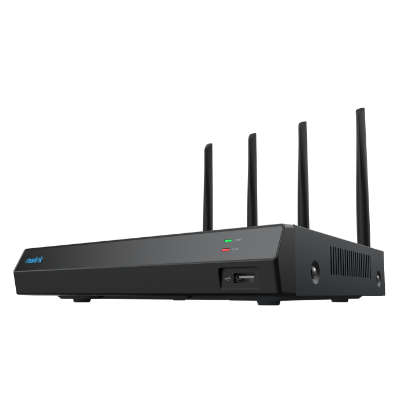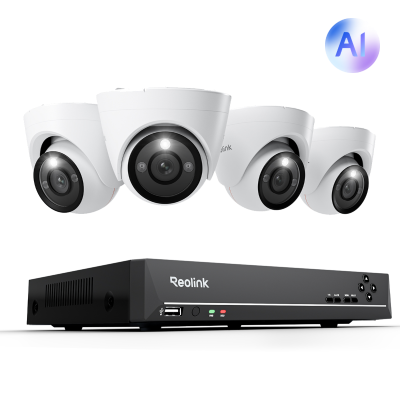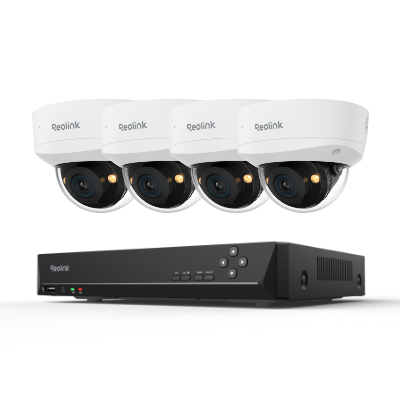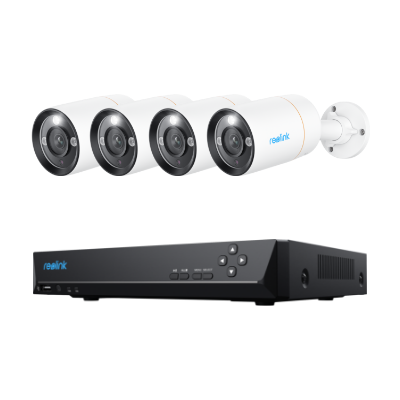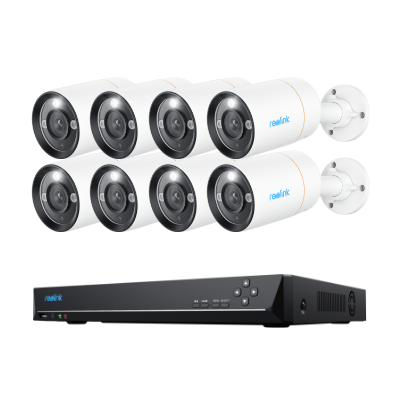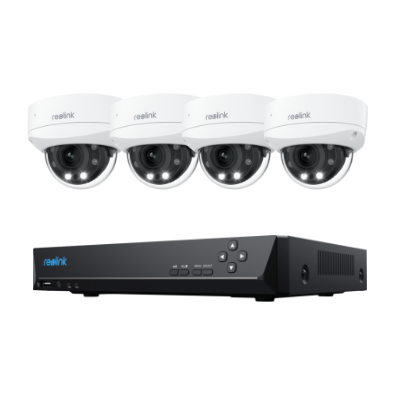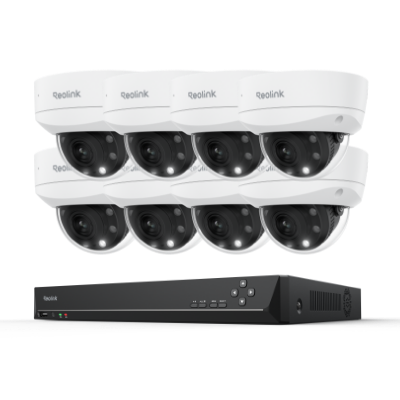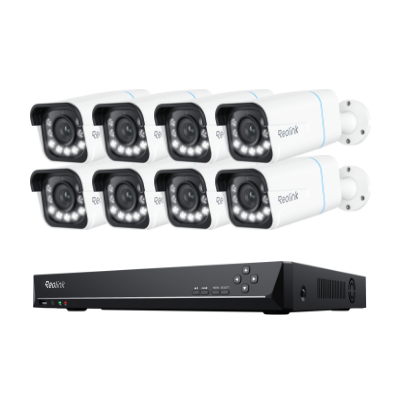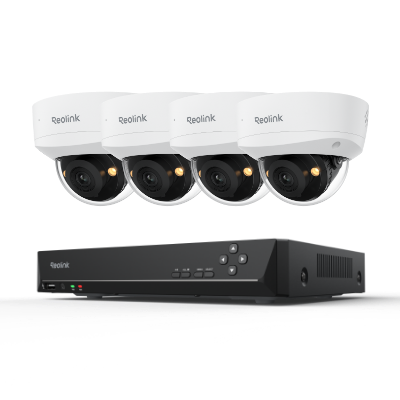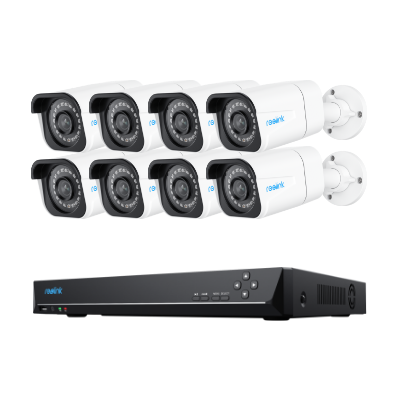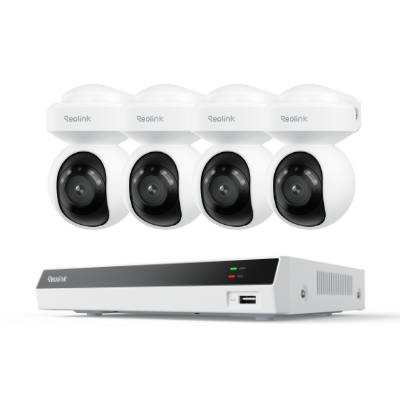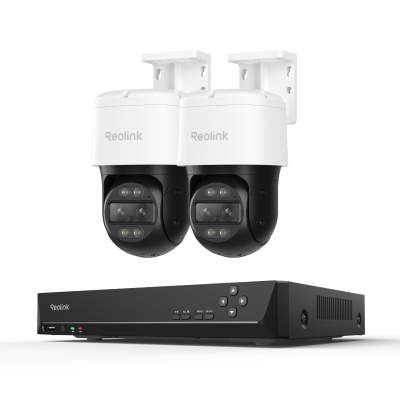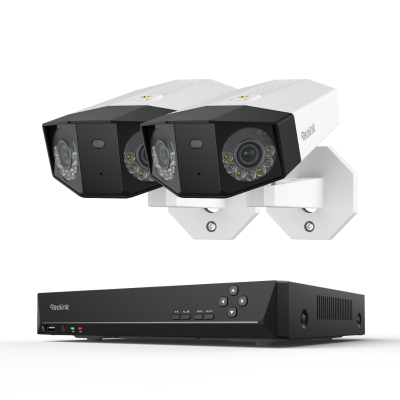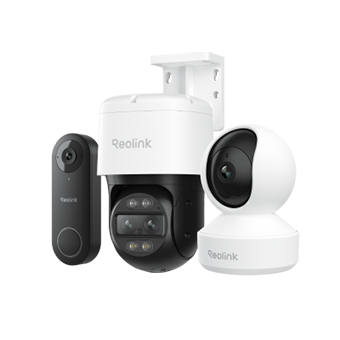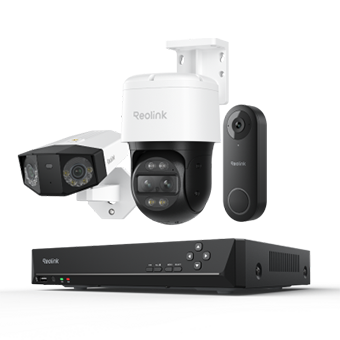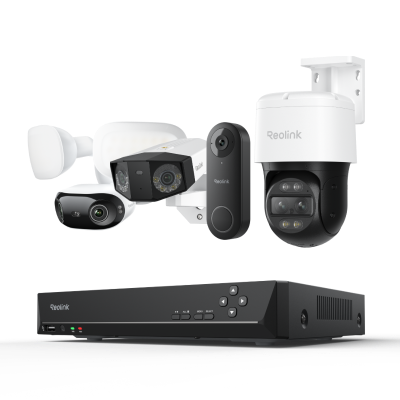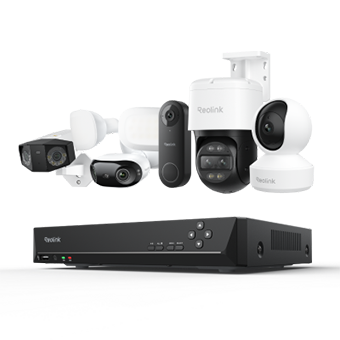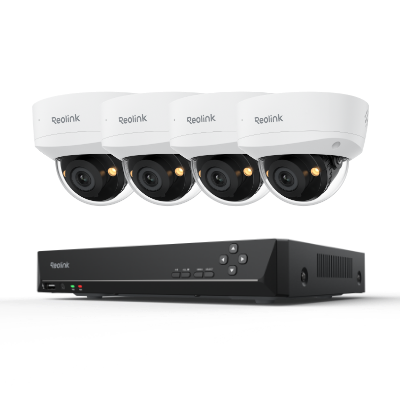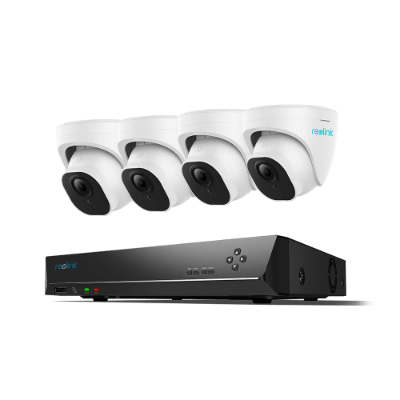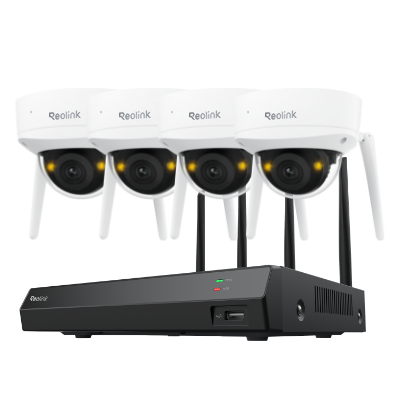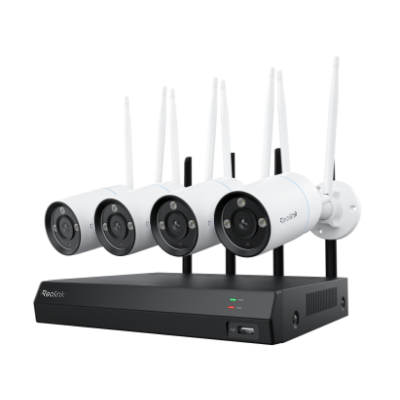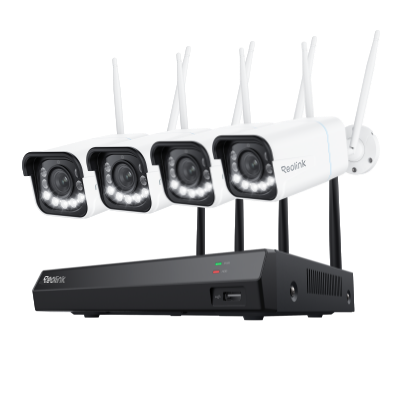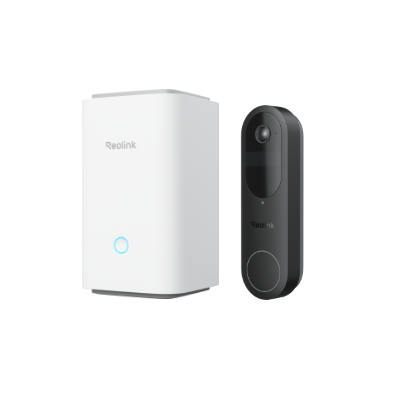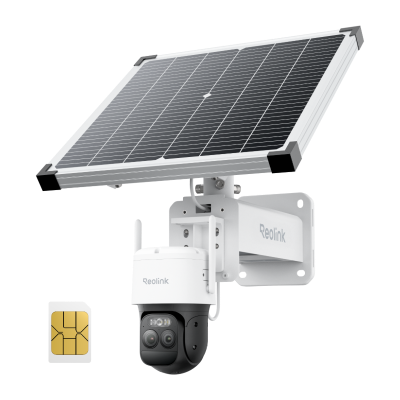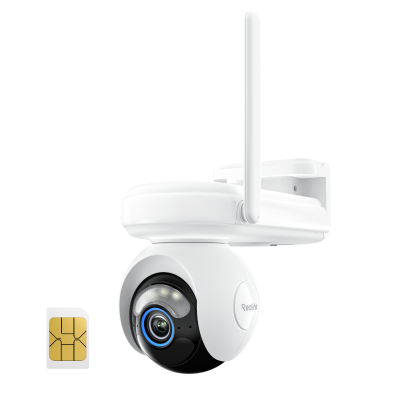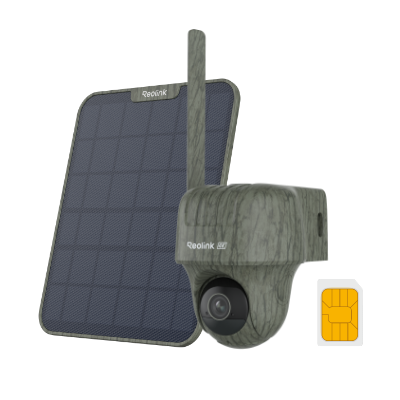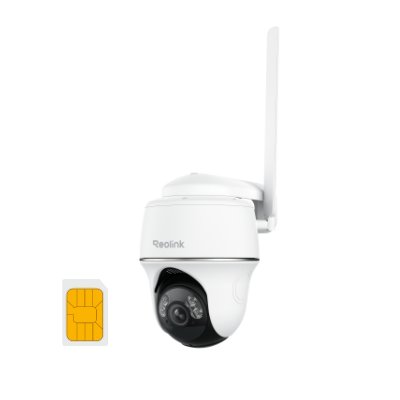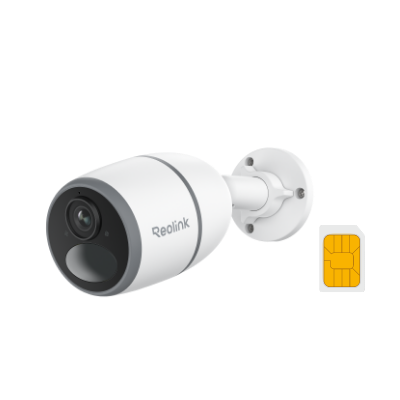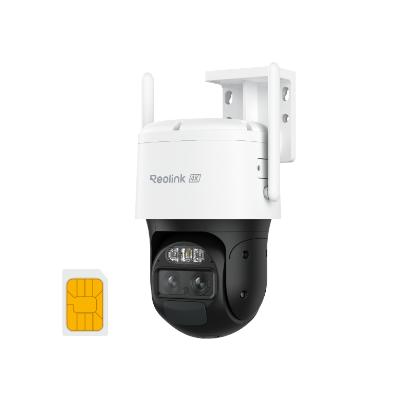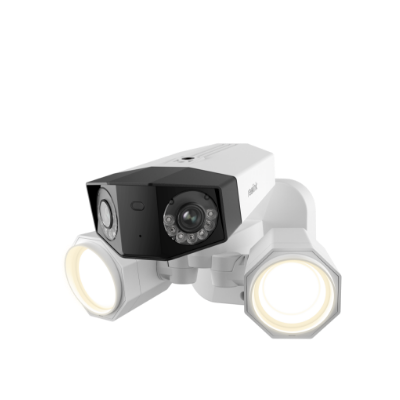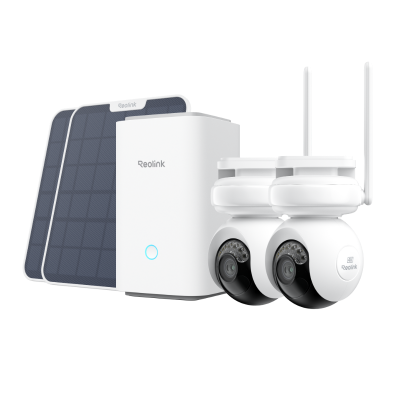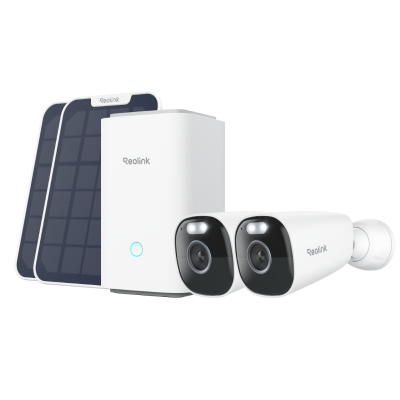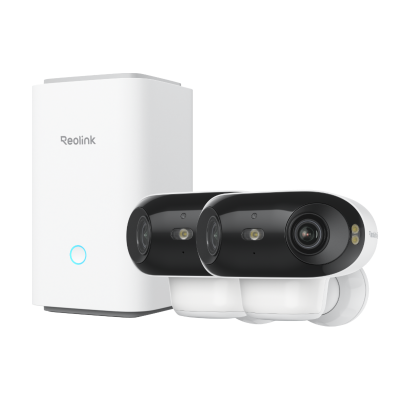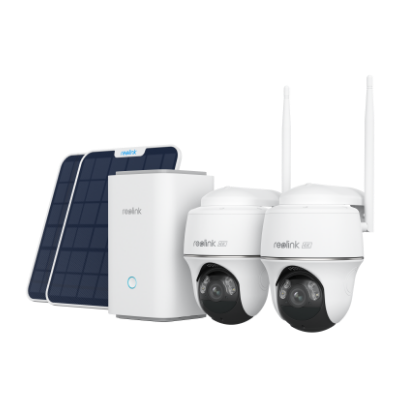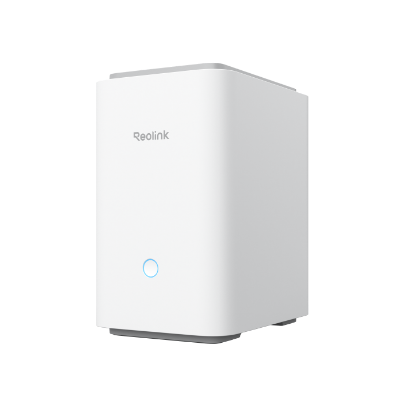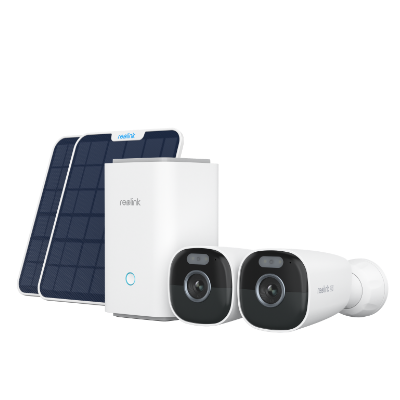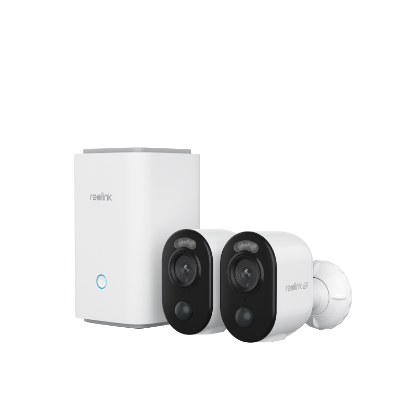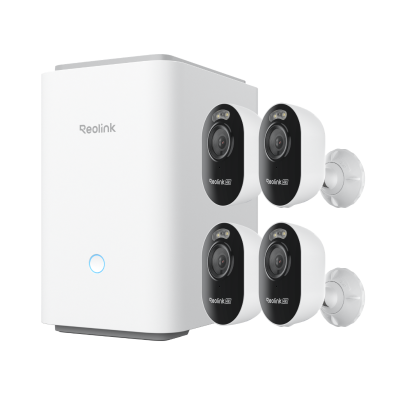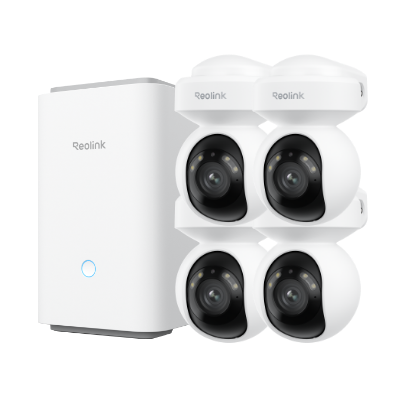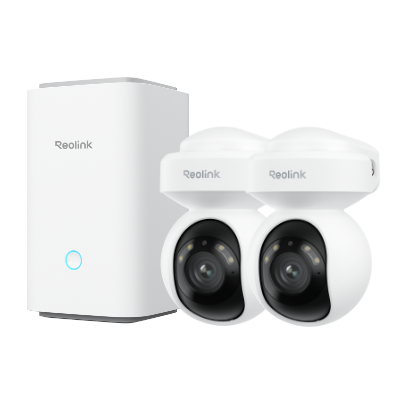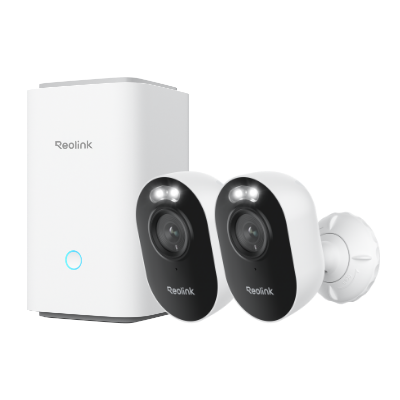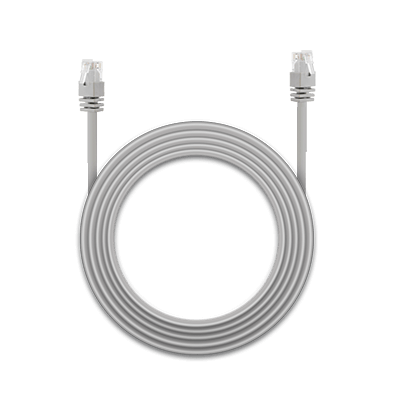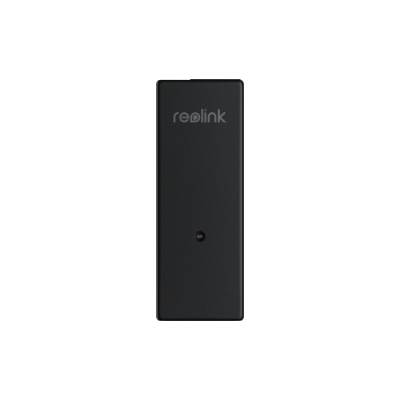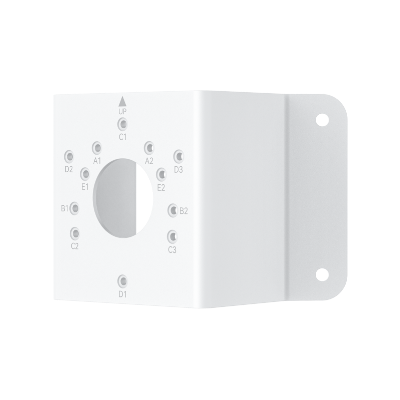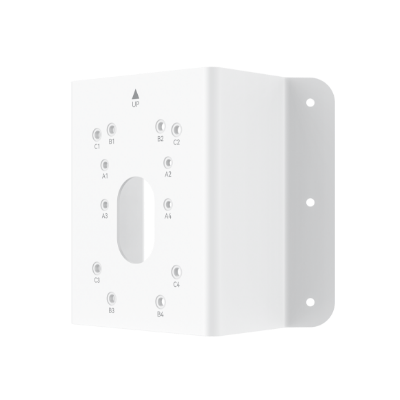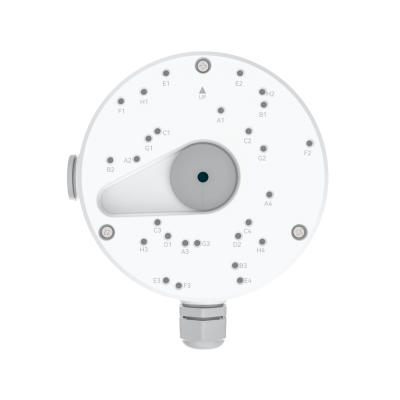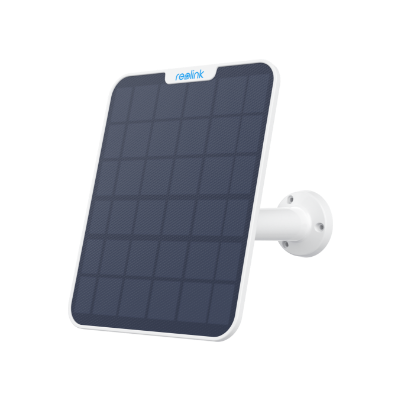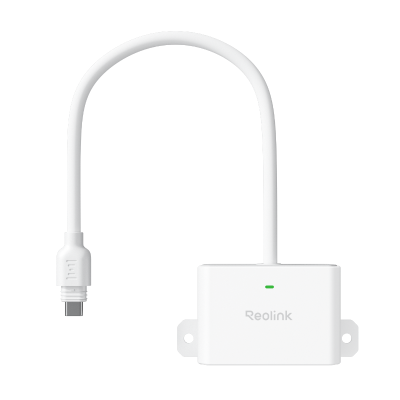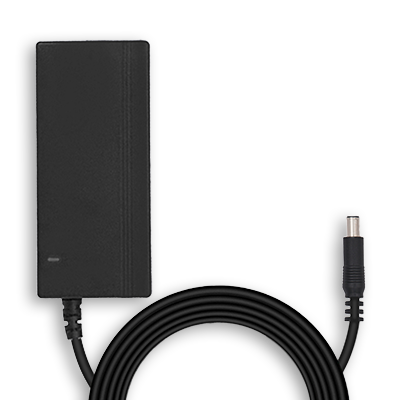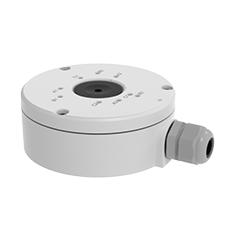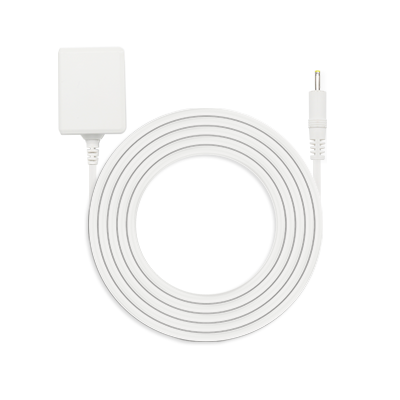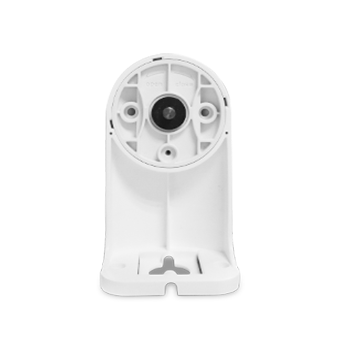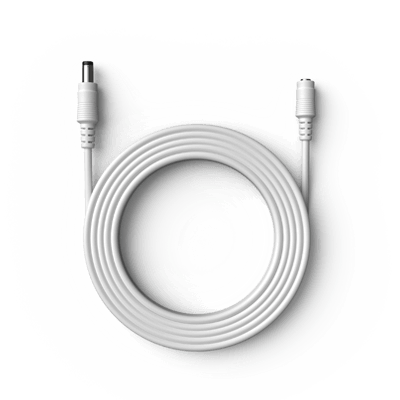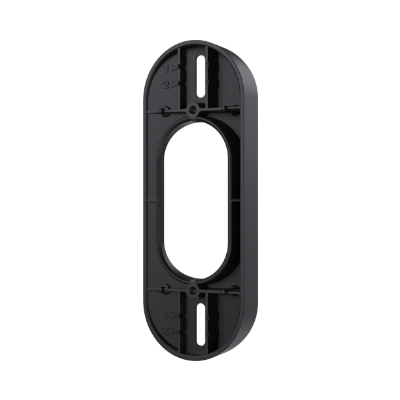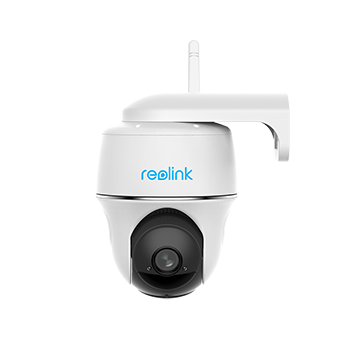What is 2K Resolution? Definition, Applications, and Comparisons

In a more technical standpoint, ‘2K resolution’ is a term used to describe display resolutions of around 2,000 pixels horizontally. This is a very common resolution standard today used in digital television, digital cinematography cameras as well as computer monitors and other devices.
In this article, you will learn what 2K resolution is, check some examples, know whether 1440p is 2K, compare 2K with other resolutions, explore its applications, and answer some of the most common questions about it.
What is 2K Resolution?
2K resolution refers to a screen size or media with approximately 2,000 pixels horizontally. To be more precise, 2K refers to 2K digital cinema that defines the 2048 x 1080 size in terms of pixels. This is the minimum resolution for 2K, however, there are other resolutions like 2560×1440 that are also considered as 2K.
What Resolution is 2K? Details and Specs
It is important to understand what resolution is 2K in detail. So, let’s have a look at what is 2k resolution in pixels:
Pixels
The 2k resolution pixels contains approximately 2,000 pixels horizontally. The most common 2K resolution is 2048 x 1080 pixels. However, resolutions such as 2560 x 1440 are also considered 2K since they have around 2,000 pixels horizontally.
Dimension
2K resolution dimensions have an aspect ratio ranging from 16:9 to 25:16. So in terms of dimensions, 2K resolutions are slightly wider than 1080p displays. They range from being moderately widescreen to very widescreen based on the exact resolution.
Size
Wondering what is 2k resolution size? 2K resolution sizes range from about 2.1 megapixels to 3.7 megapixels. The 2048 x 1080 resolution equates to around 2.2 megapixels. 2560 x 1440 is around 3.7 megapixels.
Examples of 2K Resolution
Here are some common 2K resolutions and where they are used:
As you can see, 2560 x 1440 is a very popular 2K resolution used in monitors and TVs. 2048 x 1080 resolution meets the official DCI 2K standard for cinema. Resolutions like 2560 x 1600 qualify as 2K but are less common.
Devices that Support 2K Resolution
Here are some devices that commonly support 2K resolution:
- Computer Monitors - Many mid-range and high-end monitors support 2560 x 1440 resolution. This provides sharper images compared to 1080p monitors.
- Televisions - Most 4K TVs also support 2560 x 1440 input and rendering. Some also support 2048 x 1080.
- Gaming Consoles - The PS4 Pro and Xbox One X support 2K rendering and gameplay up to 2560 x 1440p. The PS5 and Xbox Series X also support 2K.
- Security Cameras - Higher end security cameras capture crisp 2560 x 1440 video for better detail.
- Smartphones - Some flagship smartphones like the Sony Xperia 1 IV and Samsung Galaxy S22 Ultra have 2560 x 1440 displays.
- Laptops - Many mid-range and premium laptops now have 2560 x 1440 resolution screens. Examples include the Dell XPS 15 and Lenovo ThinkPad X1 Carbon.
So in summary, 2K resolutions are widely supported across computers, televisions, smartphones and other devices where higher resolution displays are desired. For example, Reolink's battery-powered security, Argus PT, boasts 2K+ 5MP resolution for enhanced video quality.
100% Wire-Free PT Camera
2K+ 5MP Super HD; 5GHz/2.4GHz WiFi; Rechargeable Battery & Solar Powered; 355° Pan & 140° Tilt; IP65 Certified Weatherproof; Color Night Vision; 2-Way Audio; 122° Wide Viewing Angle.
Is 1440p 2K? Comparisons of 2K
Here we will take a look at the comparison of 2K with other resolutions including 1080p, 1440p, 4K, and 8K.
2K vs 1080p
The main difference between 2K and 1080p is resolution - 2K resolutions have around double the number of pixels horizontally vs 1080p.
1080p refers to displays with a 1920 x 1080 resolution. 2K starts at 2048 x 1080 and goes up to 2560 x 1440. So 2K provides greater image clarity, sharpness and detail compared to 1080p. Text is crisper and images are more detailed.
However, the difference is not as dramatic as 4K vs 1080p. Some may have difficulty discerning between 2K and 1080p on smaller screens. But on larger displays, the additional resolution of 2K becomes more apparent.
2K vs 1440p
1440p and 2K resolutions are nearly identical. The terms are used interchangeably to refer to 2560 x 1440 resolution. So when it comes to monitors or televisions, there is no actual difference between a 2K display and a 1440p display. Both indicate a resolution of 2560 x 1440 pixels.
2K vs 4K
4K resolution provides a more significant jump from 2K. While 2K is approximately 2000 pixels wide, 4K quadruples that to around 4000 pixels horizontally. Common 4K resolutions include 3840 x 2160 and 4096 x 2160.
So 4K displays have twice the horizontal and vertical resolution compared to 2K displays. This produces an even crisper, more detailed image compared to 2K, with sharper textures and text. 4K is considered the new standard for ultra high definition displays and content.
However, 4K requires more powerful hardware for processing and rendering. 2K provides a nice mid-point balance of improved resolution at more feasible rendering requirements.
2K vs 8K
8K is the highest mainstream consumer resolution, with around 8000 horizontal pixels. This provides another dramatic leap over 4K, with four times the number of pixels overall. Resolutions include 7680 x 4320.
But 8K is currently still primarily found only on very high-end displays given the extreme hardware requirements. 2K and even 4K remain the more practical resolutions for widespread use.
Is 2K Resolution Right for You?
When considering a 2K display purchase, here are some factors to weigh:
- Screen Size - A 24-27 inch monitor is a good size to appreciate the benefits of 2K's extra resolution over 1080p. For larger screens, 4K may be more suitable.
- Viewing Distance - Sitting closer to your display allows you to better discern the resolution difference of 2K. Farther away, the difference is less noticeable.
- Hardware Requirements - 2K is more feasible to render and playback compared to 4K or 8K. But you still need a moderately powerful computer and GPU to utilize 2K well.
For most general use cases today, 2K quality provides a great blend of improved resolution, while still being practical to implement and utilize from a hardware and content availability standpoint.
FAQs
Is 2K the same as 1440p?
Yes, 2K resolution is the same as 1440p. They both refer to displays with a 2560 x 1440 resolution.
Is 2K resolution same as 1080p?
No. 2K resolutions start at 2048 x 1080p, which already contains more pixels than 1080p (1920 x 1080). Most 2K resolutions like 2560 x 1440 are substantially larger than 1080p.
What resolution is 2560x1440?
A display resolution of 2560 x 1440 pixels is considered 2K and also referred to as 1440p. It's one of the most common 2K resolutions found on monitors and high-end laptops.
Conclusion
2K resolution is considered a very good intermediate solution that is better than 1080p HD and offers sharper images and text. It is used on monitors and TVs and can be referred to as 2560 x 1440 or 1440p. 2K is not as clear as 4K, however, it is a few percent more effective to be drawn on definite equipment nowadays and has more content available currently. In many cases, 2K strikes the perfect balance before going to more complex 4K panels. Please don’t hesitate to ask if you have any other questions concerning what 2K resolution means.
Search
Subscribe for the Latest Updates
Security insights & offers right into your inbox

